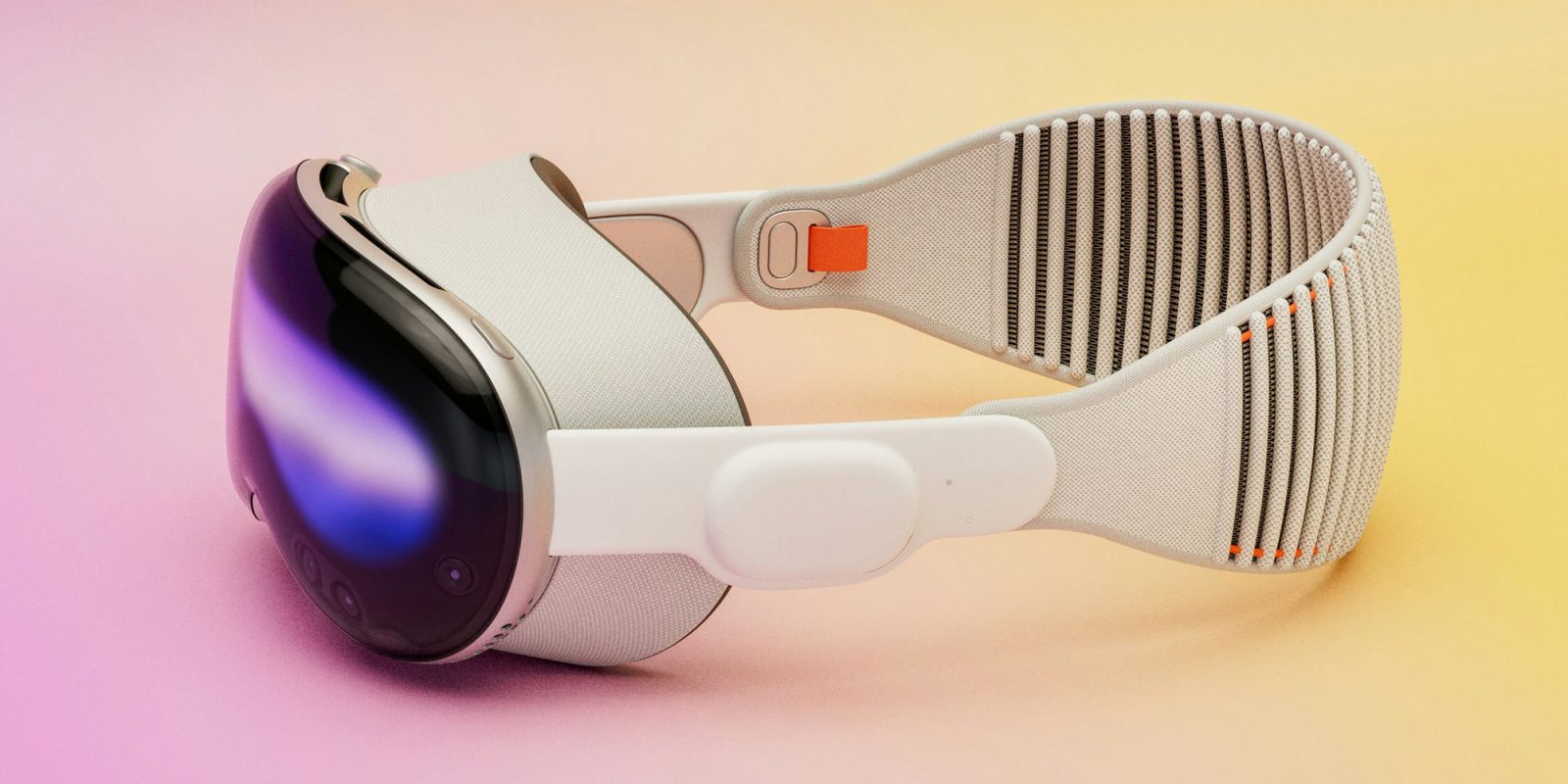
Vision Pro comfort is one of the biggest limiting factors for the device right now. Many owners say that the weight makes itself known in even moderate use, and my own experience was that I felt both the weight and heat in session lasting around an hour.
But the company may have a solution for either this or future Apple Vision products, as outlined in a newly-granted patent …
Apple acknowledges in the patent (spotted by Patently Apple) that comfort can be problematic.
Some head-mountable devices are designed ot secure ot the head of the user by wrapping tightly around the back of the user’s head, for example, with a band. This arrangement often involves providing a tightness that can secure the head-mountable device to a variety of head shapes and sizes. However, this can be somewhat uncomfortable for at least some users […]
Many adjustment mechanisms allow the user to control only the magnitude of a total force applied to the user’s face. Such forces may be unevenly distributed or focused in specific regions, which can cause the user to incur fatigue.
What the patent describes is a way of providing both tightness and tilt adjustment, so that the user can find the most comfortable weight distribution.
To maximize comfort experienced by the user, a headmountable device can provide one or more different types of adjustment capabilities. Such adjustments can help the forces be distributed evenly across the face.
For example, rather than allowing excessive forces to weigh on the cheeks and/or nose of the user, adjustments can be made to distribute forces along the forehead of the user and/or other regions. Such adjustment capabilities can help distribute forces and accommodate variations in facial features (e.g., face plane slope, forehead size, eye location) across different users […]
Accordingly, the user can select a fit that distributes forces widely, maximizes comfort, allows the user to enjoy the head-mountable device for longer durations of time.
On the current Vision Pro, you tighten or loosen the main strap by manually turning a wheel, but Apple suggests in this patent that the adjustment could be automated by using a motorized system.
A tensioning element can be a physical apparatus such as a motor, electromagnetic coil, or solenoid that can be actuated to cause tension (either directly or indirectly) to be applied to, or relieved form, the strap. In some examples, a tensioning element can be an analog, digital, or integrated circuit configured to apply an electrical signal to cause tension (either directly or indirectly) to be applied to, or relieved form, the corresponding strap.
An automated system would be particularly useful for shared devices, so that it could automatically make the right adjustments for each user – similar to the way many cars offer memory settings for seat adjustments for several different drivers.
Photo by Igor Omilaev on Unsplash
FTC: We use income earning auto affiliate links. More.



Comments